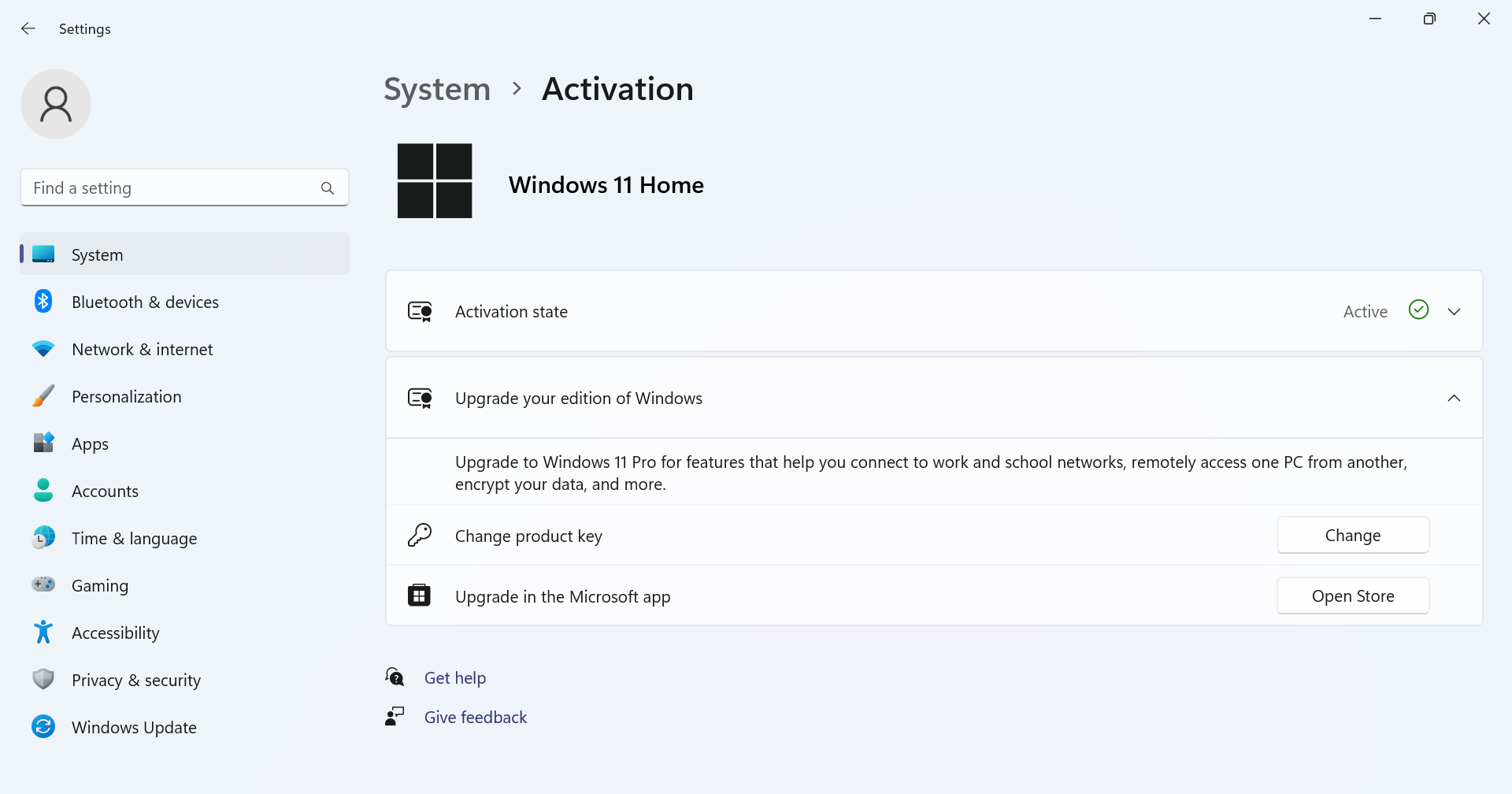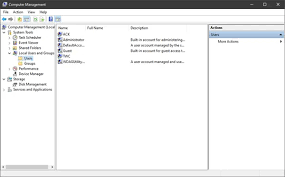Managing user accounts and permissions on your computer is essential, especially in a multi-user environment. However, what if you open the Local Users and Groups Management Console only to find it missing? This article will guide you through local users and groups group missing understanding why this happens and how to fix it.
Understanding the Local Users and Groups Management Console
The Local Users and Groups Management Console (lusrmgr.msc) is a Microsoft Management Console (MMC) snap-in that provides an interface for managing user accounts and groups on a computer. This tool is especially useful for managing permissions, enabling or disabling user accounts, and creating user groups.
Common Reasons for Missing Local Users and Groups
There are several reasons why the Local Users and Groups option might be missing on your system:
Windows Home Edition Limitations: Windows Home editions do not include the Local Users and Groups management console by default. This feature is local users and groups group missing typically available in Professional, Enterprise, and other higher-end versions of Windows.
Disabled MMC Snap-ins: Sometimes, group policies or system settings can disable certain MMC snap-ins, including Local Users and Groups.
Corrupt System Files: If essential system files are corrupted, it can lead to missing features, including the management console.
Group Policy Restrictions: Group policies, especially in a corporate or educational environment, can restrict access to certain administrative tools.

Preliminary Checks
Before diving into more complex solutions, here are a few things you should check:
Verify Your Windows Edition: Ensure you are not running a Windows Home edition, as it does not include this feature.
Ensure You Have Administrator Privileges: Only users with administrative privileges can access the Local Users and Groups console.
Method 1: Using Windows Features to Enable Local Users and Groups
If your system edition supports it, you can enable the necessary features:
Press Win + R to open the Run dialog, type local users and groups group missing optionalfeatures, and hit Enter.
In the Windows Features window, look for “Local Users and Groups” and ensure it’s checked.
Click OK and restart your computer to apply the changes.
Method 2: Enable Using the Group Policy Editor
For Windows editions that support the Group Policy Editor:
Press Win + R, type gpedit.msc, and press Enter.
Navigate to User Configuration > Administrative Templates > Windows Components > Microsoft Management Console > Restricted/Permitted snap-ins.
Find and enable the Local Users and Groups snap-in.
Method 3: Running System File Checker (SFC) and DISM Commands
Corrupt system files could be the culprit. Use local users and groups group missing these tools to repair them:
Open Command Prompt as an administrator.
Run the command sfc /scannow and wait for the process to complete.
If issues are found, follow up with DISM /Online /Cleanup-Image /RestoreHealth to repair Windows component store.
Method 4: Registry Editor Adjustments
Using the Registry Editor can be risky, so proceed with caution:
Press Win + R, type regedit, and press Enter.
Navigate to HKEY_LOCAL_MACHINE\SOFTWARE\Microsoft\Windows\CurrentVersion\Policies\Explorer.
Check for any entries that might disable MMC snap-ins and remove or modify them as needed.
Method 5: Create a New User Account
Creating a new user account with administrative local users and groups group missing rights can sometimes resolve the issue:
Go to Settings > Accounts > Family & other users.
Click Add someone else to this PC and follow the prompts to create a new account.
Make the new account an administrator and try accessing the console from there.
Method 6: Check and Repair Windows Updates
Keeping your system updated can prevent and resolve many issues:
Go to Settings > Update & Security > Windows Update.
Check for updates and install any pending updates.
Restart your system and check if the issue is resolved.
Method 7: Reinstalling MMC Snap-ins
If all else fails, try reinstalling MMC snap-ins:
Open PowerShell as an administrator.
Use the command Get-WindowsFeature *RSAT* to identify relevant features and ensure they are installed.
Troubleshooting Tips
If none of these methods work, consider the following:
Check Event Logs: Use Event Viewer to look for errors related to MMC or system administration.
Seek Professional Help: If you’re still struggling, it local users and groups group missing might be best to consult a professional technician.
Preventive Measures
To prevent this issue from recurring:
Regularly update your Windows OS.
Avoid unnecessary changes to group policies or registry settings.
Use reliable antivirus software to protect against system corruption.
FAQs
What if the Local Users and Groups option is still missing after trying all methods?
If all else fails, consider performing a Windows repair installation or consulting Microsoft support for advanced troubleshooting.
Is it safe to modify the registry to fix the issue?
Modifying the registry can be risky. Always back up the registry before making changes and proceed with caution.
Can this issue occur on other versions of Windows?
Yes, especially in environments with restricted local users and groups group missing permissions or improperly configured settings.
Do I need third-party software to fix this problem?
Not necessarily. Most issues can be resolved with built-in Windows tools and utilities.
What should I do if I’m not comfortable performing these steps?
If you’re not confident in performing these steps, seek help from a professional technician or a knowledgeable friend.
Conclusion
The Local Users and Groups Management local users and groups group missing Console is an essential tool for managing user accounts and permissions. While it can be frustrating when it’s missing, the methods outlined above should help you restore it. Whether it’s enabling a feature, adjusting policies, or fixing system files, there’s usually a way to get things back to normal.




